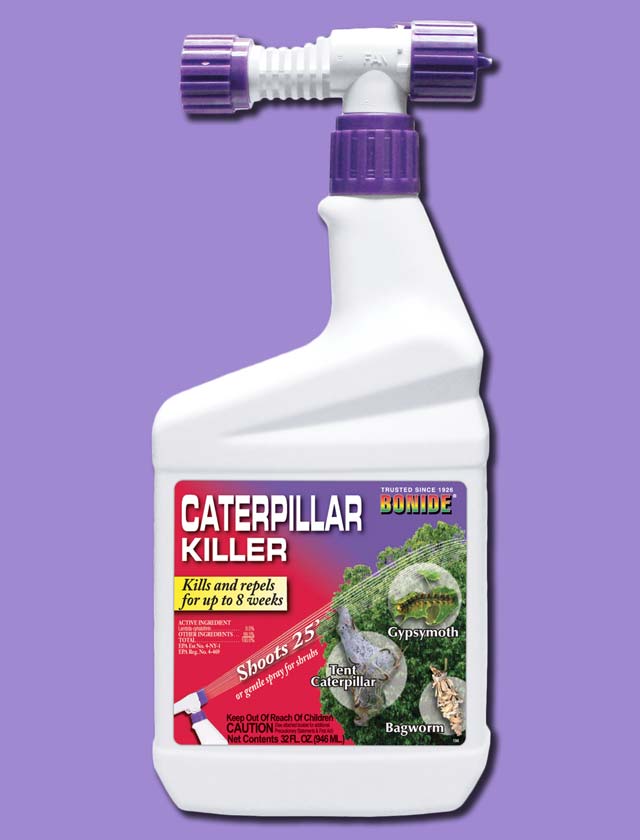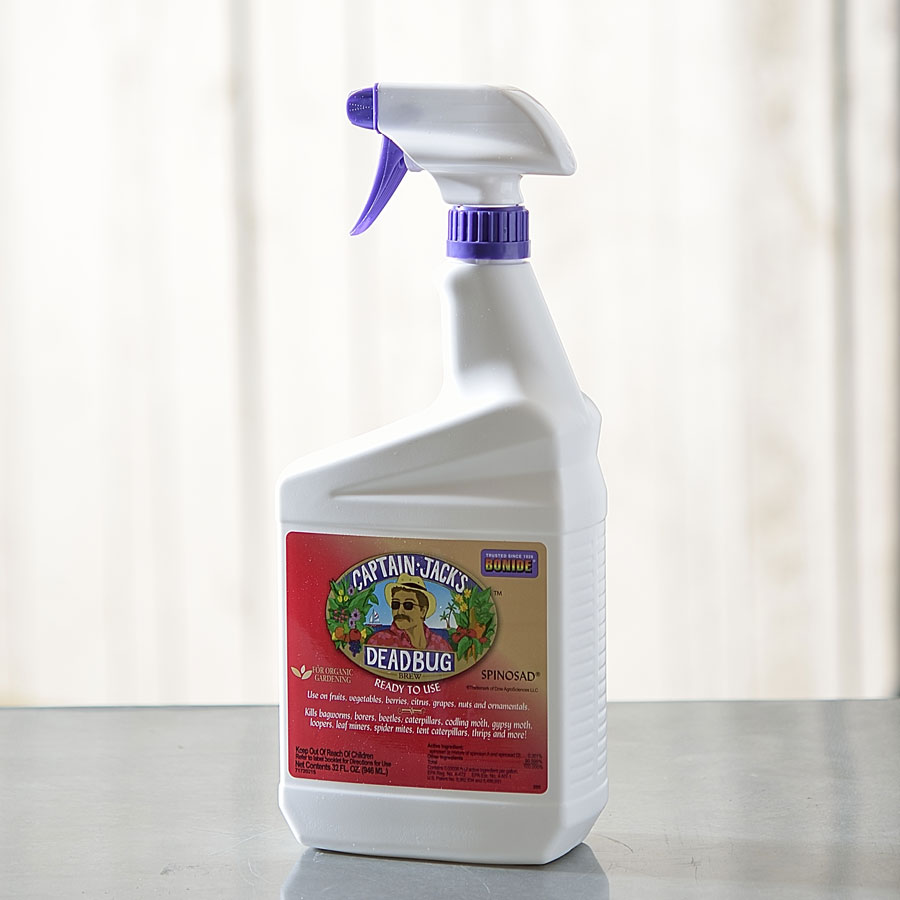 Any mention of Gypsy Moths brings out a hundred stories of “I remember when”. Just this past weekend I heard the story of how the moths were so thick on the commuter train line between Fitchburg and Gardner that the MBTA had to cancel service for most of the summer. I have a different “remember when” because my dad was a certified pesticide applicator back then and was hired by towns and home owners to spray the moths. An entire summer of driving around in a pickup truck equipped with tank and sprayer and a chemical combination that was in no way organic!
Any mention of Gypsy Moths brings out a hundred stories of “I remember when”. Just this past weekend I heard the story of how the moths were so thick on the commuter train line between Fitchburg and Gardner that the MBTA had to cancel service for most of the summer. I have a different “remember when” because my dad was a certified pesticide applicator back then and was hired by towns and home owners to spray the moths. An entire summer of driving around in a pickup truck equipped with tank and sprayer and a chemical combination that was in no way organic!
Fast forward to 2017 and it’s time for battle once again! The good news is that control products for moths are no longer a threat to everything they come in contact with!
 Winter Moth and Gypsy Moth are invasive species that decimate foliage on trees both in your yard and natural landscapes aka the woods. Over the past few years we’ve seen a dramatic increase in their number and their destructiveness have been on the rise. Apple, ash, basswood, birch, cherry, crabapple, elm, maple, and oak are preferred targets for Winter Moth & Gypsy Moth caterpillars; fortunately most shrubs (with the exception of blueberries) are mostly exempt from destruction. But – and this is a big one, if there is a big enough moth population and they’ve already eaten the trees and they are hungry, they will eat just about anything!
Winter Moth and Gypsy Moth are invasive species that decimate foliage on trees both in your yard and natural landscapes aka the woods. Over the past few years we’ve seen a dramatic increase in their number and their destructiveness have been on the rise. Apple, ash, basswood, birch, cherry, crabapple, elm, maple, and oak are preferred targets for Winter Moth & Gypsy Moth caterpillars; fortunately most shrubs (with the exception of blueberries) are mostly exempt from destruction. But – and this is a big one, if there is a big enough moth population and they’ve already eaten the trees and they are hungry, they will eat just about anything!
Spring is prime time for caterpillars, so you should be prepared.
 Proactive treatment is your best control. Late winter and early spring are the best times to apply preventatives. Use Bonide’s All Seasons Horticultural Oil to inhibit hatching and kill emerging larvae. The organic oil covers the larvae and suffocates them. Winter Moths lay their eggs in protected crevices, such as tree bark & cracks in wood & siding. Gypsy Moth egg masses look like beige or white cottony tufts and are often tucked into protected nooks under moss and debris.
Proactive treatment is your best control. Late winter and early spring are the best times to apply preventatives. Use Bonide’s All Seasons Horticultural Oil to inhibit hatching and kill emerging larvae. The organic oil covers the larvae and suffocates them. Winter Moths lay their eggs in protected crevices, such as tree bark & cracks in wood & siding. Gypsy Moth egg masses look like beige or white cottony tufts and are often tucked into protected nooks under moss and debris.
In early April, around the time that tree buds begin to swell, the Winter Moth eggs will begin to hatch into inchworm larvae. The tiny larvae spin threads of silk and drift up into the tree canopies – this is known as “ballooning”. They’ve also been known to crawl across the ground towards the shadow-line of trees and shrubs, so a few well-placed sticky traps will help on that front.
 Once the young Winter Moth caterpillars are up in the canopy they will burrow into tree buds and devour them from the inside out, and horticultural oil won’t help. Apply Bonide Thuricide – (Bt or Caterpillar Killer) to emerging leaves. This bacteria-based product essentially causes a disease epidemic and kills the caterpillars when they start feeding on the sprayed leaves.
Once the young Winter Moth caterpillars are up in the canopy they will burrow into tree buds and devour them from the inside out, and horticultural oil won’t help. Apply Bonide Thuricide – (Bt or Caterpillar Killer) to emerging leaves. This bacteria-based product essentially causes a disease epidemic and kills the caterpillars when they start feeding on the sprayed leaves.
More mature Winter Moth larvae are not as vulnerable to Bt, so you will need to switch tactics and use a spinosad based product, such as Captain Jack’s Dead Bug Brew. Spinosad is another natural pesticide – one with an interesting story! It’s a naturally occurring soil dwelling bacterium that was collected on a Caribbean island from an abandoned rum distillery in 1982. It’s an incredibly effective natural control for lots of chewing insects!
 This unique bacterium was defined as a new species when it was discovered, and it has never been found in nature anywhere else in the world. Since being discovered, Spinosad has become a leading pesticide used by agriculture world wide in the production of organic produce.
This unique bacterium was defined as a new species when it was discovered, and it has never been found in nature anywhere else in the world. Since being discovered, Spinosad has become a leading pesticide used by agriculture world wide in the production of organic produce.
Captain Jack’s Deadbug Brew kills bagworms, borers, beetles, caterpillars, codling moth, gypsy moth, loopers, leaf miners, spider mites, tent caterpillars, thrips and more!
In May and June things become more complicated because Gypsy Moth caterpillars begin to emerge. This is their most active feeding time. Keep spraying Captain Jack’s, or switch things up with a pyrethrin-based contact insecticide like Bonide Eight, which works well on Gypsy Moth in particular. Water damaged trees once a week so that they can recover.
June: The feeding frenzy should be mostly over, and the caterpillars will retreat into the soil to pupate and become adult moths.
July: Take a nap in your hammock and congratulate yourself on your victory! Unfortunately your yard may be a little less shady than before, but continue watering any damaged trees and shrubs- this extra care and attention will help them recover.
Organic, natural or synthetic, every product designed to kill a bug can also hurt other things you may inadvertently spray it on. With all control products, always be very careful of spraying in areas where butterflies, bees & beneficial moths may be active – really early in the morning or late in the evening is an excellent time to apply these pesticides. If Bees are active just don’t spray!
Download our app for more tips and advice!
All our best,
Michelle and Team Lakeview!
